I am up to building a NE555 controlled PWM circuit that will power a 220v heater. NE555 will use a typical configuration and will drive a 20N60 Mosfet. The mosfet Vgs(th) is 10v, so NE555 needs to be powered by a 12-15v power supply. Because device's output is basically 220v, I decided to power NE555 w/o a transformer. Of course, the simplest solution is just use a big resistor, but that would dissipate too much heat. So I decided to use the capacitative dropper circuit. So, I have two rectifiers, one for the mosfet part, the other for the NE555 part, please consider schematics.

I built the circuit and it works. However, for NE555 to control the mosfet, I need to short GND-A and GND-B. Once I did this, the zener was immediately burned. I tried to analyze path of current during each half-wave, and I don't see how it could make its way thru the diodes to, obviously bypass the 0.22uF cap, and burn the zener. Anyone care to explain, please?


